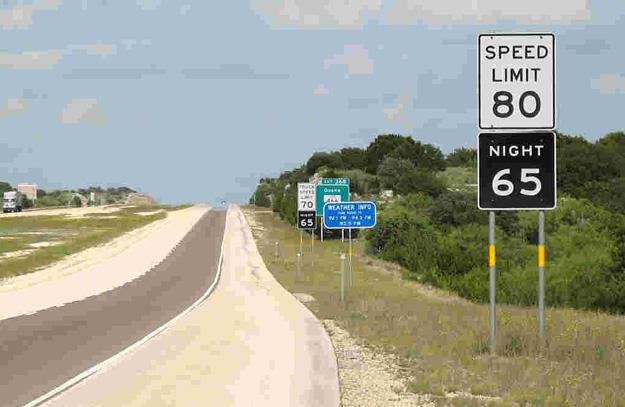
Yee haw! Put the pedal to the metal ladies and gentlemen. Not content with sharing the nation’s fast highways with the state of Utah, it looks like the Lone Star State is gearin’ up for some autobahn-like speed limits outside the notoriously congested state capitol.
As Fox News reports, a new toll road currently under construction just outside the city of Austin may introduce an 85 mile and hour speed zone. According to Fox’s report, the Texas Department of Transportation made the decision after the state legislature passed a law last year deeming an increased limit of 85 miles an hour to be a safe and acceptable speed on newly constructed highways.
Although there is a good indication that the limits will be raised, tests are still currently underway to determine whether the stretch of State Highway 130 will indeed see a five mile an hour increase.
Of course critics of the state’s plans argue that higher speed limits will invariably lead to increased fatalities stemming from auto accidents, while state representatives argue that “the safest roads are roads where all motorists are traveling the same speed.” Also, it would serve to reason that increased speed limits on specific tollways would invariably draw more motorists and help ease and divert traffic congestion away from the interstate.
The increase in speed limit would see Texas surpass the state of Utah and become second only to some areas in Poland and Abu Dhabi which both have maximum speeds limits of 86 miles per hour.


